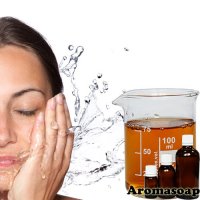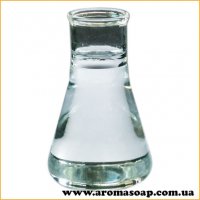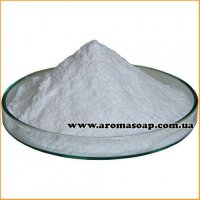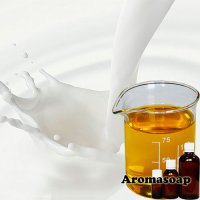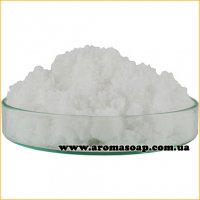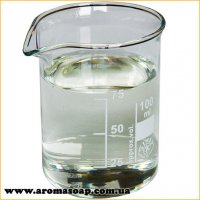Sodium Lactate 60%
INCI: Sodium Lactate
Synonyms: sodium salt of lactic acid, sodium lactic acid, food additive E 325.
Appearance and organoleptic properties: transparent, almost colorless, odorless, syrupy liquid with a salty taste.
Main substance content: 60.1%. Does not contain preservatives.
pH (20C): 7.0
Molecular weight: 112.1
Solubility: water.
Class: buffering agent, humectant.
Dosage: up to 3%
Scope of application: soap making, cosmetic products for skin and hair care.
Store: tightly closed without access to light at a temperature not exceeding 25C.
Country of origin: China.
Sodium lactate is a substance widespread in nature, takes part in the metabolism of living organisms, and is part of the natural moisturizing factor of human skin.
It is a synergist of antioxidant systems and a moisture-retaining agent, exceeding the moisturizing qualities of glycerin and urea.
Due to its strong hygroscopicity, sodium lactate is available in the form of an aqueous solution; in its pure form it is a white crystalline powder. It is obtained by bacterial fermentation of sugar from corn or sugar beets, followed by neutralization of lactic acid.
Together with lactic acid, sodium lactate forms a lactic acid buffer and acts as an acidity regulator.
Sodium salt of lactic acid is used in soap making from scratch to improve the foaming properties of soap, impart smoothness and hardness to the soap bar, and also to soften the detergent effect of soap on the skin. It is advisable to use sodium lactate in combination with sodium citrate. When making cold process soap, these salts are introduced at the stage of preparing an alkaline solution into the prepared water until the alkali dissolves.
The use of ready-made salts instead of the corresponding lactic and/or citric acids, which require an equivalent amount of alkali to obtain the same salts, is more convenient and safe. This is important when you do not know exactly the actual concentration or quality of the acid used, so as not to end up with an excessive amount of alkali in the soap.
With the hot method, sodium lactate can be added at the stage of superfat introduction along with other additives after saponification of the oils. This will make the soap mass more plastic and slightly lower the pH of the finished soap.
Usually 1-2% sodium lactate is used, which in terms of a 60% solution will be 1.7-3.3%. In some cases, it needs to be warmed up before insertion so that the soap does not harden before being placed into the mold.
In cosmetic products, sodium lactate is convenient to regulate and stabilize the pH (paired with acids), whereby it will perform a moisture-retaining function and contribute to longer storage of the product.
Sodium lactate is used to make tonics and soft peels with AHA acids in order to partially neutralize them, where lactic acid is one of the main assets, along with glycolic acid. Malic, tartaric, and succinic acids can be auxiliary.
This is important to consider so as not to provoke an uncontrolled chemical burn to the skin. The amount of acids used is determined by safety standards in relation to the current technical regulations for the manufacture of relevant cosmetics.
To obtain a lactic acid buffer with a stable and physiological pH of 5.0-5.5, you need to take 0.5% lactic acid 80% and 1.6% sodium lactate 60%. If necessary, adjust the pH in the desired direction using a pH meter by adding a small amount of lactic acid or its sodium salt.
Such a buffer must be included in the product if it contains unstable components that can significantly change the pH over time during their breakdown (for example, urea, ascorbic acid).
Also, many preservatives have a narrow pH range to be active, and changing the pH range can affect the effectiveness of the entire preservative system. Sometimes the pH of the finished product may change as a result of bacterial activity.
When formulating creams or serums with lactic acid buffer or other lactate combinations, an electrolyte-stable gelling agent (such as cosmetic xanthan gum) should be used to prevent the emulsion from becoming too thin. Do not combine sodium lactate with lecigel.
The sodium salt of lactic acid can be introduced in both hot and cold processes, at the beginning by dissolving it in the aqueous phase, or at the end by introducing it into the finished product.


